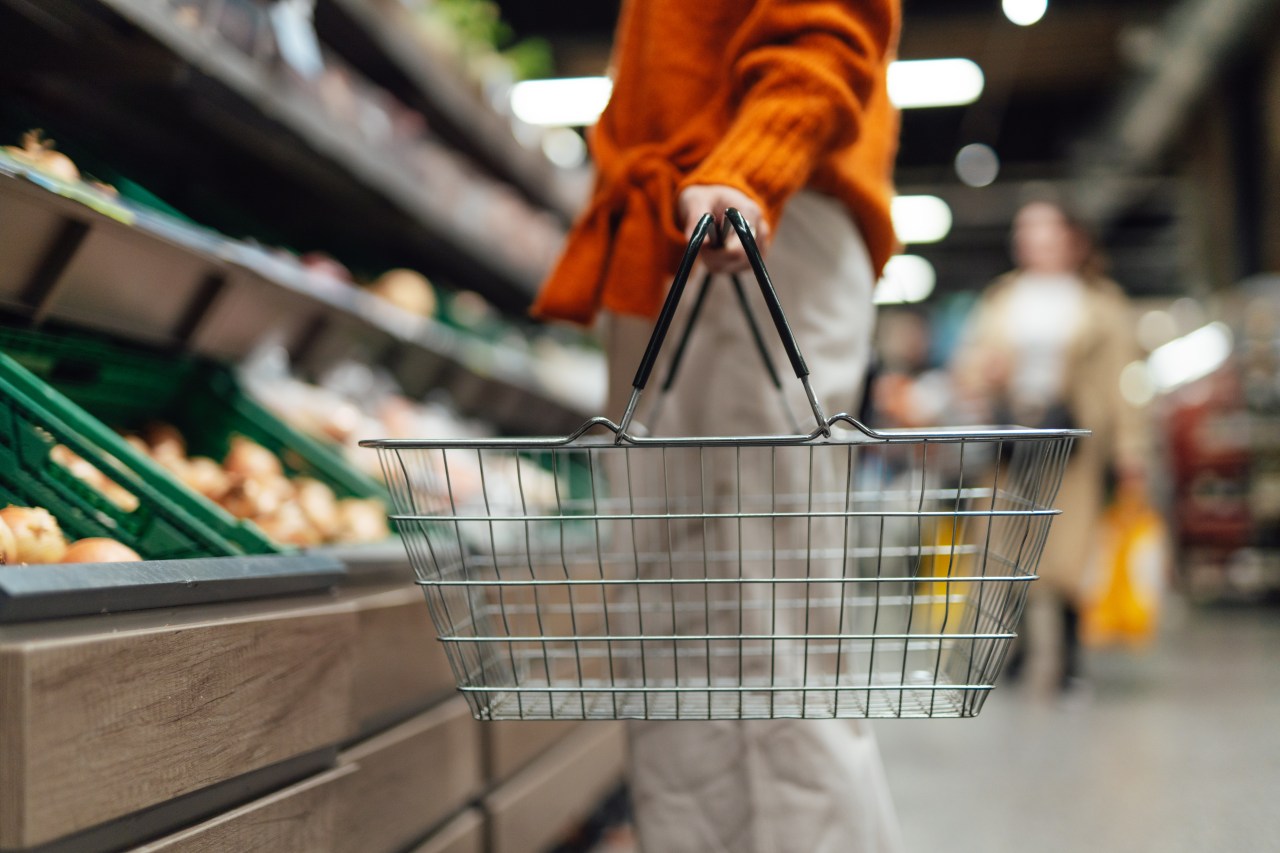
HONOLULU (KHON2) — If you’re surprised by high prices at the grocery store, you are not alone. National data showed that grocery shopping and dining out are more expensive than a year ago.
Download the free KHON2 app for iOS or Android to stay informed on the latest news
A simple trip to the grocery store may not be as enjoyable as it used to be. Many are feeling the squeeze from rising food prices.
“More, it’s a lot more, especially with the inflation, yeah,” said Honolulu resident Albert Milo.
According to the consumer price index for Urban Honolulu, the overall cost of food and beverages went up by 4.2% compared to last year.
“A six-pack of beer was more than what I wanted to spend, it was like $20 dollars for a six-pack of beer so I bought one,” said visitor Curtis Tate.
There is a difference in cost between preparing food at home versus dining at a restaurant.
Food at home went up 1.6% from last January to this year while eating out went up 8.5%.
This President’s Day weekend, some folks chose to do a potluck and said it is the most cost-effective option.
“This is why we’re here on a Monday you know, everybody brings their own food, their own drinks it’s cheaper to do it that way now going out is just as bad as going shopping,” said McCully resident Stevie Rae Tapat.
For businesses, operating costs are on the rise due to shipping and wholesale foods increasing by more than 13%.
According to the National Restaurant Association, it’s unavoidable to pass some of those costs to customers, nearly a 7% increase in menu items.
Check out what’s going on around the nation on our National News page
“What I’m hearing is that it’s very challenging to keep the restaurant doors open with all the rising costs that’s happening,” said Hawaii Restaurant Association Executive Director Sheryl Matsuoka.
Keoni Ahlo is the owner of Teapresso Bar in Wahiawa, he said they recently increased prices by about 8%.
“Everything has gone up and we factor everything into an equation,’ said Ahlo. “And we try to do our best to not exaggerate those numbers and give it a realistic forecast on what we need to increase our cost buy-in.”
He said increases in the minimum wage and operation costs were taken into account.
